The Skincare Packaging Market is currently characterized by a dynamic competitive landscape, driven by increasing consumer demand for sustainable and innovative packaging solutions. Key players such as Amcor (AU), Berry Global (US), and AptarGroup (US) are strategically positioning themselves to capitalize on these trends. Amcor (AU) focuses on sustainable packaging innovations, aiming to reduce environmental impact while enhancing product shelf life. Berry Global (US) emphasizes its commitment to circular economy principles, integrating recycled materials into its packaging solutions. AptarGroup (US) is leveraging digital technologies to enhance user experience and product functionality, thereby differentiating its offerings in a crowded market. Collectively, these strategies not only enhance their competitive edge but also shape the overall market dynamics towards sustainability and innovation.
In terms of business tactics, companies are increasingly localizing manufacturing to reduce lead times and optimize supply chains. This approach appears to be particularly effective in a moderately fragmented market, where the collective influence of key players is significant. The competitive structure is evolving, with larger firms acquiring smaller, innovative companies to bolster their product portfolios and market reach. This trend indicates a shift towards consolidation, as companies seek to enhance their operational efficiencies and market presence.
In August 2025, Amcor (AU) announced a partnership with a leading skincare brand to develop a new line of biodegradable packaging. This strategic move underscores Amcor's commitment to sustainability and positions it as a frontrunner in eco-friendly packaging solutions. The collaboration is expected to not only enhance brand loyalty among environmentally conscious consumers but also set a benchmark for industry standards in sustainable packaging.
In September 2025, Berry Global (US) launched a new initiative aimed at increasing the use of post-consumer recycled content in its skincare packaging. This initiative aligns with the growing consumer preference for sustainable products and reflects Berry's proactive approach to addressing environmental concerns. By enhancing its product offerings with recycled materials, Berry The Skincare Packaging Market position and appeal to a broader customer base.
In July 2025, AptarGroup (US) unveiled a new smart packaging technology that integrates IoT capabilities into skincare products. This innovation allows brands to provide consumers with real-time information about product usage and expiration. The introduction of such technology not only enhances consumer engagement but also positions AptarGroup as a leader in the integration of digital solutions within the packaging sector.
As of October 2025, the competitive trends in the Skincare Packaging Market are increasingly defined by digitalization, sustainability, and the integration of advanced technologies. Strategic alliances among key players are shaping the landscape, fostering innovation and enhancing supply chain reliability. Looking ahead, it is anticipated that competitive differentiation will evolve from traditional price-based competition to a focus on innovation, technological advancements, and sustainable practices, thereby redefining the parameters of success in this vibrant market.


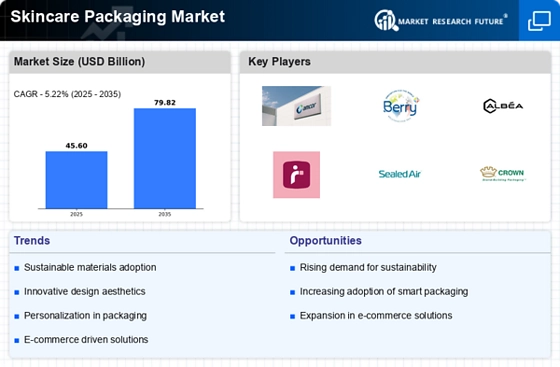
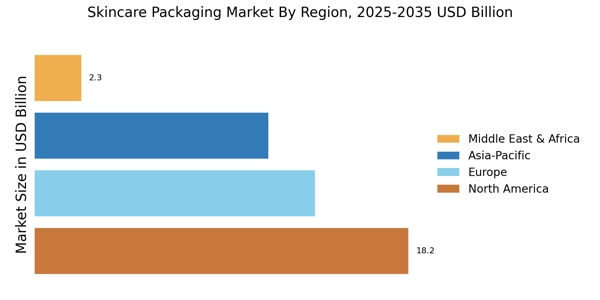
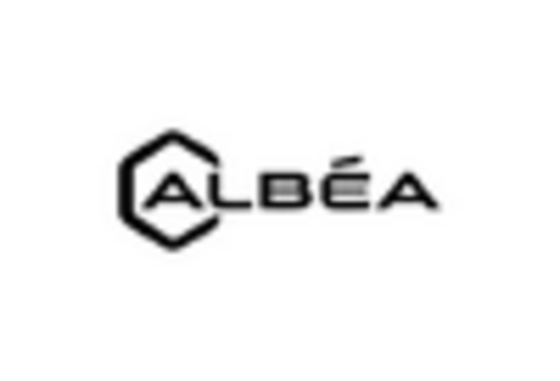


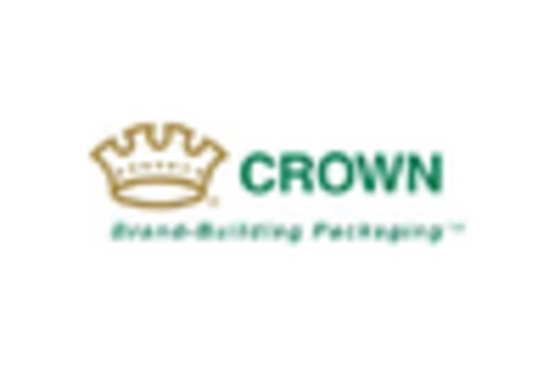
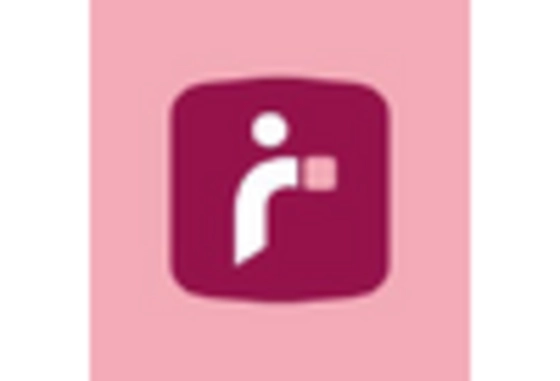









Leave a Comment